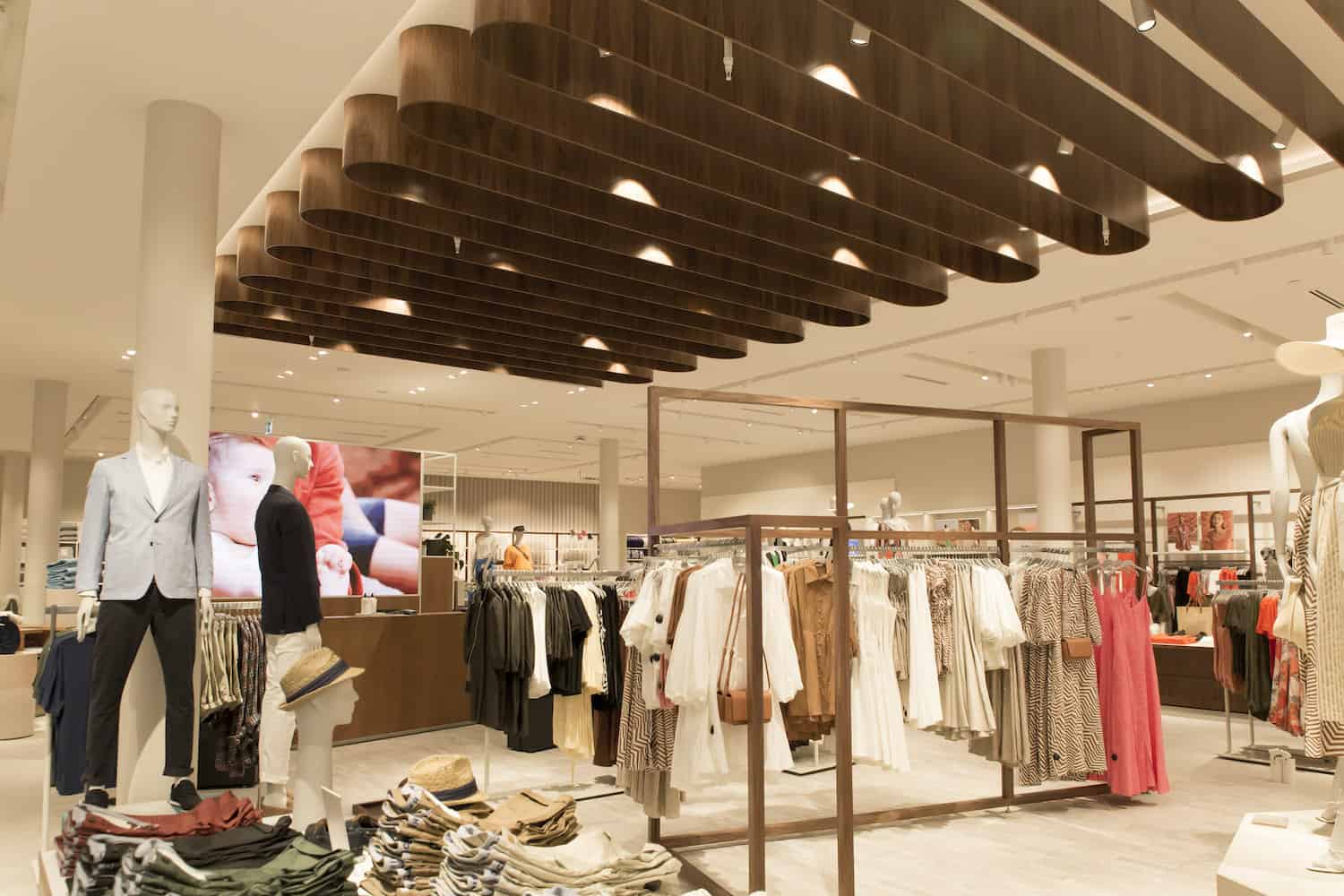
22 Apr Cost vs. the planet: Sustainability in the fit-out industry
If we want a world to live in for generations to come, we need to do better. That’s the message coming through loud and clear from scientists, and because of it, sustainability is a hot topic across all industries. Consumers and organisations are pushing for less waste, better longevity, and often more locally sourced goods. That naturally extends into fit-outs.
That’s not to say that it’s easy. Here at Datum, we operate in a competitive industry, and green practices are often seen as ‘nice to have’ but not strictly necessary. I think we’re all aware of how much more can be done in the industry to address issues of sustainability.
Here’s the thing: sustainability is good for people, for profit, and for the planet – and I think New Zealand can stand up and lead in best practices. We have some battles ahead though.
Sustainability isn’t just environmental
That’s the insight from Brad Crowley of the New Zealand Green Building Council (NZGBC), whose Green Star standard you might be familiar with. NZGBC provides third-party standards and tools to assess a project’s sustainability, including one for retail, industrial, office, and medical fit-outs. There are other standards for new buildings in New Zealand, but NZGBC and Green Star are the only third-party certification for fit-outs in Aotearoa.
Brad’s passionate about sustainability – and not just because it’s better for the planet. It’s also better for employees and the bottom line. Yes, there are a number of green categories to a building’s Green Star assessment (from the easy stuff like enabling good recycling, to using FSC-certified wood, water and, energy efficient systems and appliances, and so on) – but more importantly, sustainability is holistic. You’ve got to take into account social and economic factors so you can build or fit-out in a way that makes work better for everyone.
“For most companies,” says Brad, “90% of their costs are down to their employee costs and salary. So if you can improve their productivity, which green buildings are shown to do, then you can see a massive jump in your ROI.”
Front-footed sustainability draws customers to your door, and job seekers increasingly prefer value-driven companies who care about the planet. As a value proposition, it’s a no brainer. But you have to take a number of things into account.
“Indoor environmental quality is critical. That includes acoustics, requiring good daylight, that you’ve got a good flow of fresh air and no paints off-gassing bad chemicals. If you’ve got a sustainable approach to your organisation, you’ll have more productive, happier, and healthier staff. That’s because the sustainable steps you take and features you include are not just better for the planet but are often better for those living and working there too.”
That’s why you can’t just hang a few plants and call yourself ‘green’! You’ve got to think about the big picture, design with a lifecycle assessment in mind, and see that each part is going to contribute to a whole.
We’ve got some infrastructural challenges
Our industry has historically been given a long leash in terms of sustainable practices. It’s largely been up to the individual company or client to specify what they’d like, and for those with particular passion to front-foot the change they’d like to see. Although Datum have been involved in some incredible, truly sustainable projects (including Country Road Newmarket, which was the first ever Green Star rated fit-out in New Zealand), I’ll be the first to admit that we have some difficulties in being a sustainable supplier and fit-out specialist. Balancing ideal practices with profitability is always a challenge.
Every dollar counts in the tender process, and adding sustainability can scare clients off. If a client were basing a fit-out on price alone, they might be turned off by a $1,500 recycling fee. The (often cheaper) alternative is loading it all in a skip and taking it to landfill, where it’s out of sight and out of mind. This is the ‘cost prohibitive’ thorn in the industry’s side. Green practices can be relatively easy – externally certified and sustainable timbers, recycling, locally-sourced goods, going plastic-free, double-glazing, and natural light – if green alternatives are available.
If we want a more sustainable industry, we need to push for it. The more we choose sustainable options, the more we’ll have on our market, and the cheaper they’ll become for everyone. We’ve gotten into sustainable and recycled floor tiles, timber, fixings, ceiling tiles, and so on. The high-water mark recently for us has been the work we did with Kathmandu Christchurch, for which we won the RED Sustainability Award for 2019: a lot of the materials which were ex-Australia were recycled. The joinery and worktops were actually recycled plastics, and the timbers used were from FSC-sustainable forests (as is increasingly becoming the standard).
It’s a small step, but it’s in the right direction.
It’s not rocket science
Brad gave us a host of great suggestions for better practices, including pointing us towards the independent NZGBC Green Star Interiors tool for designing a space and assessing its sustainability. But what it really all comes back to is creating the best spaces that we can, and working hard to avoid anything going to waste.
While the upfront costs for sustainability might be fractionally higher, the long-term cost – and ROI – soon reveals itself. Sustainability-led spaces give people pride of place, and help customers find alignment between organisational and personal values. It leads to increased sales and improved staff productivity. What’s not to love?
We’ve got a long way to go, that’s for sure. At Datum, we’re trying to incorporate what we can, while also running a profitable business. The challenge for us, and for the industry as a whole, is finding new solutions to sustainability issues, and pushing harder for the right practices and standards to ensure that we’ve got places to be proud of.


